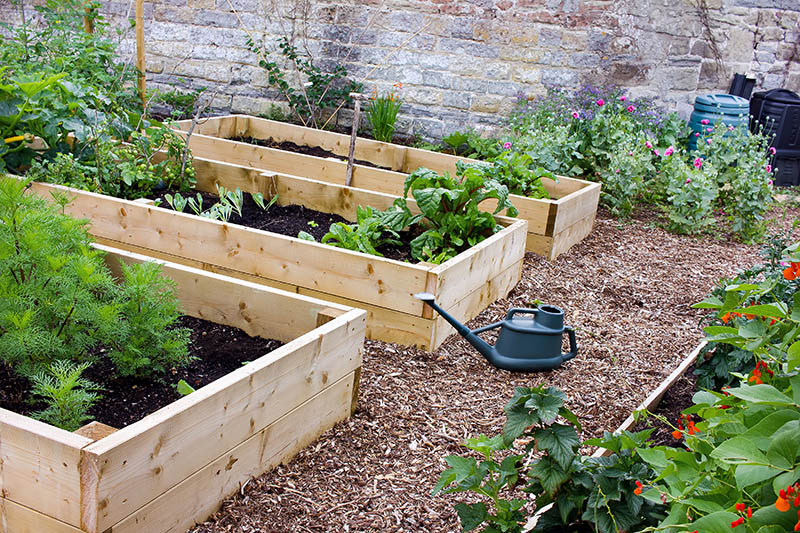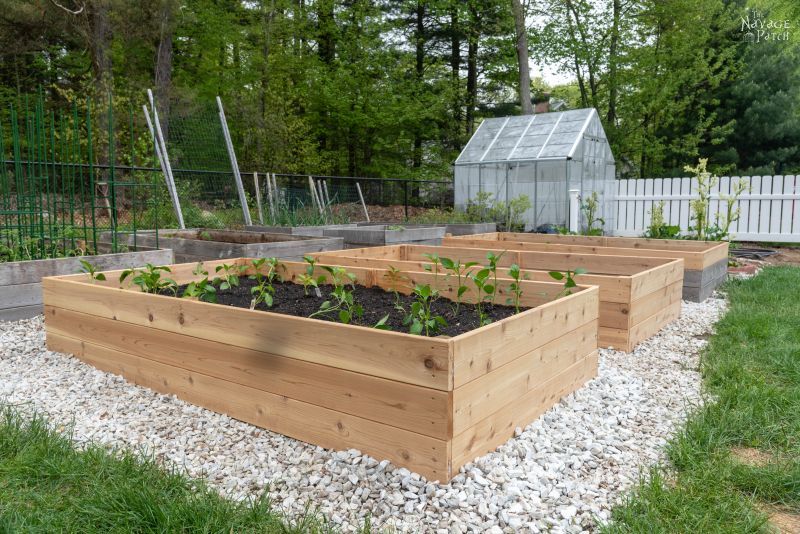A diverse and balanced garden ecosystem is created by companion planting. Intercropping entails the cultivation of several plant species together to improve their development as well as mutual advantages. To put it another way, intercropping is a technique of planting where several plants are grown close to each other to promote joint guidance, cohesiveness, and thriving. By planting a diverse group of crops, the gardener can reduce the chance of pests, enhance soil fertility, and increase yields. Some plants can attract pollinators and repel pests when grown together, so there's a net benefit. Including companion planting into your gardening techniques can reduce the need for pesticides and synthetic fertilizers, making it a far more sustainable and environmentally friendly gardening method.
The health of your garden as a whole can be significantly enhanced by companion planting. Different plants can attract bugs, repel pests, and provide the soil with the nutrients it needs. Marigolds tend to be used in companion planting to keep out pests and insects that can damage your vegetables. Legumes have nitrogen-fixing bacteria that provide vital nutrients to the soil and promote fast growth in neighboring plants. Companion planting is also suggested for experienced gardeners and those just getting started.
Plants could battle to develop effectively if they were planted separately; companion planting creates a symbiosis between plants. To safeguard the plants from predators, particular combinations are created. Others are made to improve taste and growth. Companion planting improves biodiversity, prevents soil erosion, promotes organic pollination, and supports regional ecosystems. Additionally, natural methods for soil enrichment and pest control reduce the demand for pesticides and fertilizers. For a garden to become sustainable and healthy, it is essential that companion planting be done.
One effective gardening technique is called companion planting, whereby different plants are positioned side by side to benefit from each other. Interplanting is a form of companion planting in which two or more plants are grown near one another, using the available space and resources to the fullest. Along with low-growing lettuce, taller sunflowers can shade and preserve the lettuce while the sunflowers absorb nitrogen from the dirt. This promotes increased use of space and the sharing of nutrients since certain plants can boost the soil's nitrogen content, which may suit the surrounding vegetation. Another example could be when beans are mixed with corn since beans have nitrogen-fixing bacteria within their ground.
Another fascinating companion planting method is trap cropping. The technique involves planting sacrifice plants to protect the primary crop from pests. By growing marigolds near vegetables, it is possible to stop aphids from getting to the roots of the plants, therefore protecting them from pests. This reduces the amount of pesticides required and provides an eco-friendly pest control technique.
Together with intercropping or trapping, there are many other techniques for companion planting. The "Three Sisters technique," often referred to, is a helpful technique to preserve Native Americans' traditional ways. One of the methods that entails planting is the "Three sisters" technique. Corn aids in unity. Because of the corn, beans do not climb but provide the soil with nitrogen. Squash helps keep the ground moist and prevent weed development by covering the unwanted weeds. Due to their symbiosis, the three plants form a sustainable and balanced mini-ecosystem within the garden.
There are many benefits associated with companion planting, such as much better soil fertility, improved pollination, and enhanced insect control. By utilizing various companion planting techniques, gardeners can create a balanced and cooperative setting, making it possible for plant life to collaborate for collective growth and defense.
Are you interested in having a greenhouse in your backyard?
Raised Bed Gardening Ideas That You Can Use
Raised Garden Beds

